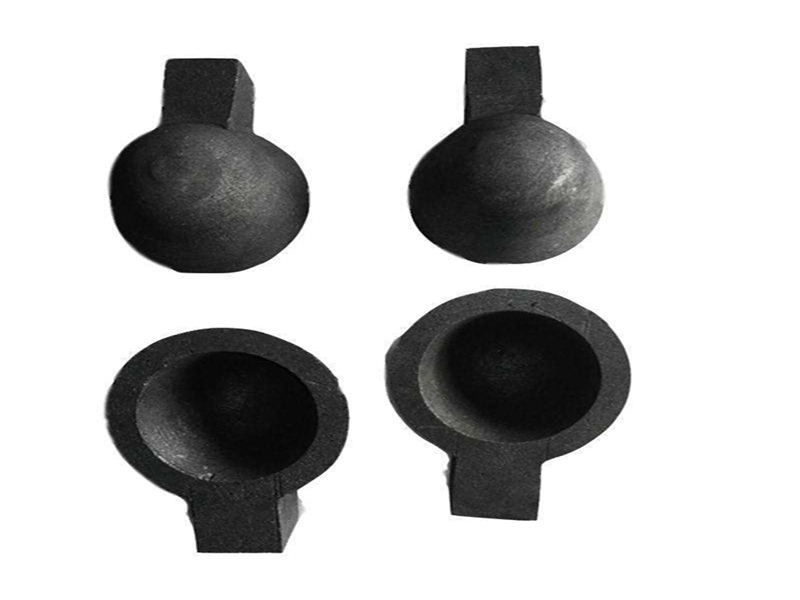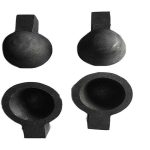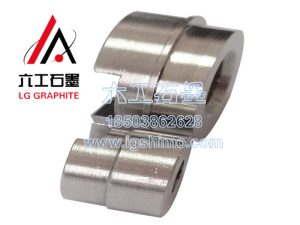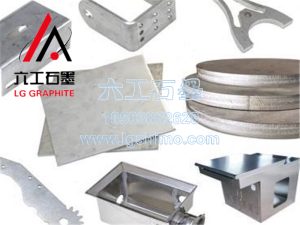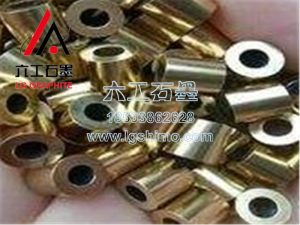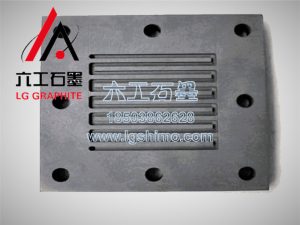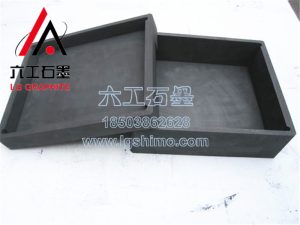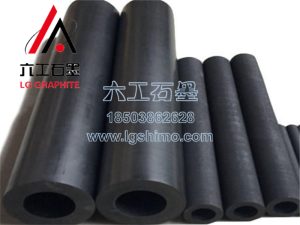The graphite spoon can be used for scooping high temperature metal solutions. The graphite spoon has good corrosion resistance, good chemical stability at room temperature, acid and alkali resistance and corrosion resistance of mailing solvents.
Graphite is an allotrope of carbon. It is a gray-black, opaque solid with stable chemical properties, corrosion resistance, and is not easy to react with chemicals such as acids and alkalis. Natural graphite comes from graphite deposits, and can also be made of artificial graphite using petroleum coke, pitch coke, etc. as raw materials after a series of processes. In addition, in ancient times, graphite was also another name for coal. Graphite burns in oxygen to generate carbon dioxide, which can be oxidized by strong oxidants such as concentrated nitric acid and potassium permanganate. Can be used as anti-wear agent, lubricant, high-purity graphite is used as neutron moderator in atomic reactor, can also be used to manufacture crucible, electrode, brush, dry battery, graphite fiber, heat exchanger, cooler, electric arc furnace, Arc lamps, pencil refills, etc.
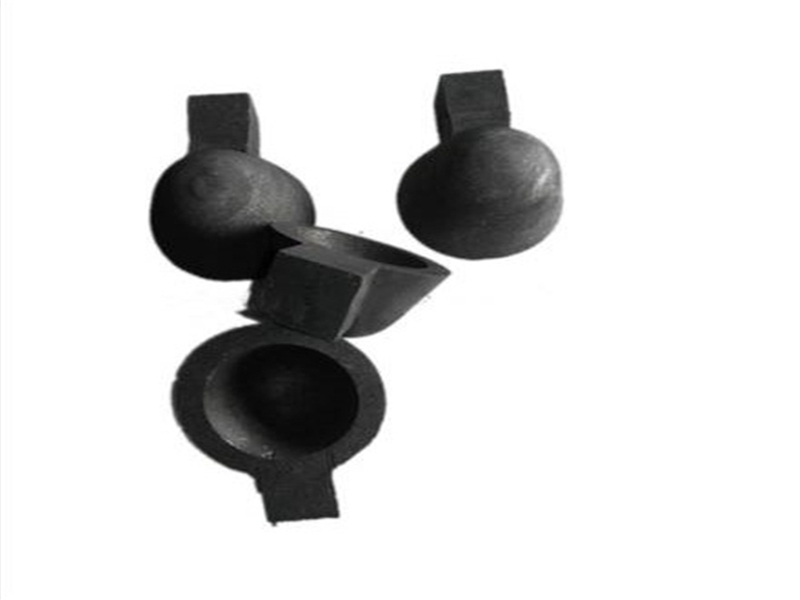
Due to its special structure, graphite has the following special properties:
(1) High temperature resistance
The melting point of graphite is 3850±50℃. Even if it is burned by an ultra-high temperature arc, the weight loss is very small, and the thermal expansion coefficient is also small. The strength of graphite increases with increasing temperature, and at 2000°C, the strength of graphite doubles.
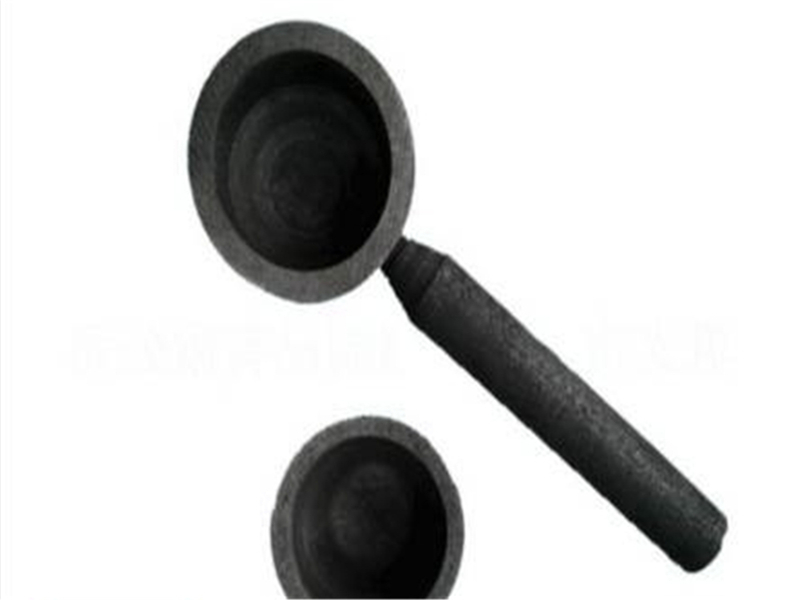
(2) Electrical and thermal conductivity
The conductivity of graphite is one hundred times higher than that of ordinary non-metallic minerals. The thermal conductivity exceeds that of metal materials such as steel, iron, and lead. The thermal conductivity decreases with increasing temperature, and even at high temperatures, graphite becomes a thermal insulator. Graphite can conduct electricity because each carbon atom in graphite forms only 3 covalent bonds with other carbon atoms, and each carbon atom still retains 1 free electron to transport charges.
(3) Lubricity
The lubricating performance of graphite depends on the size of the graphite flakes. The larger the flakes, the smaller the friction coefficient and the better the lubricating performance.

